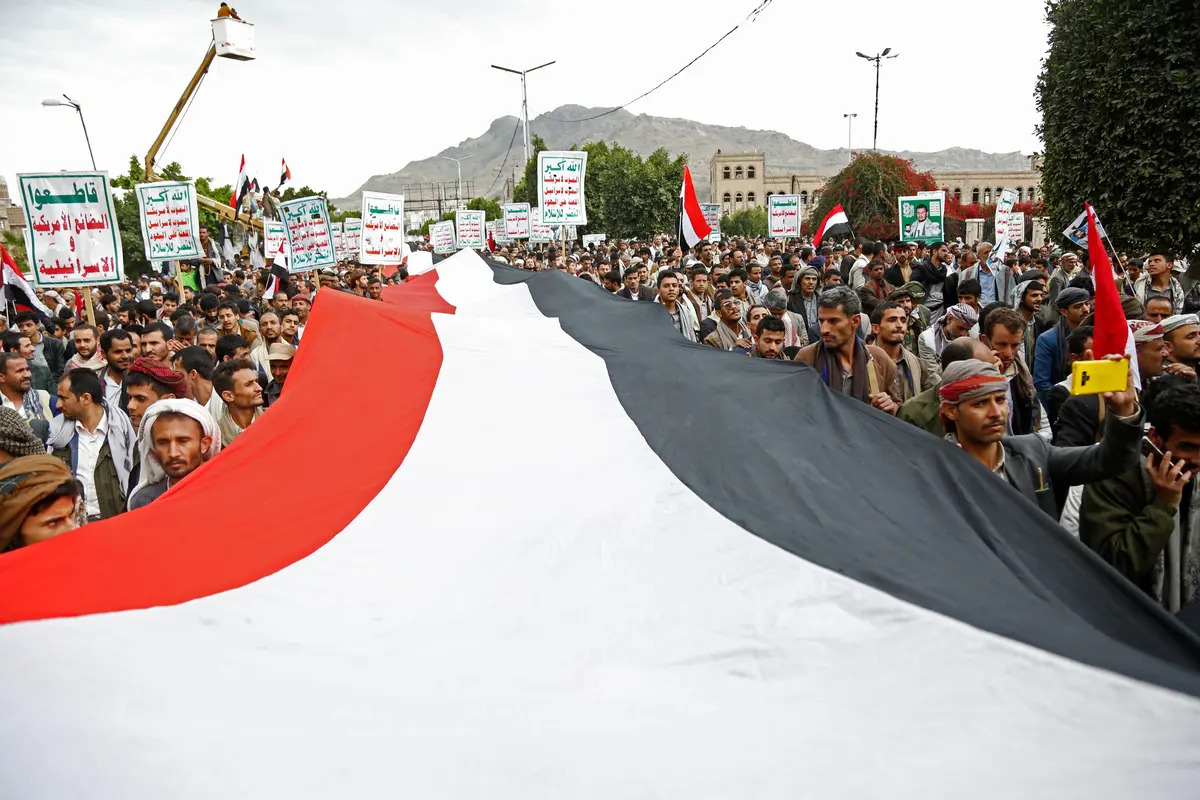Iran vs Israel and America: A Global Threat Growing Stronger
The tensions between Iran vs Israel, and America have crossed dangerous lines in recent months. What started as political rivalry…

Fears of an Israel-Hamas conflict escalation are growing in the wake of Iran-backed Shia Houthi aggression in the Red Sea that targets Israel-bound maritime traffic. This conflict will likely spread to the sea lanes close to the Gulf of Aden unless the Combined Maritime Forces (CMF) step in to prevent the Iranian proxy group from disrupting the maritime theatre.
While the French Navy’s multi-mission frigate Languedoc downed two Houthi drones on December 9 in the Red Sea off the coast of Yemen, if the international community doesn’t pressure Houthi handlers in Tehran to desist from using ballistic missiles, hijackings, and armed drones to target maritime traffic heading toward Israel, the Israelis are threatening to take on the Iran proxies on their own.
The state of affairs in the Red Sea and the Aden coast is still unstable, and any Houthi attack on a vessel could be a catalyst for the conflict to worsen and affect international maritime trade. In response to the crisis, India sent its guided missile destroyer, the INS Mormugao, to the coast of Aden, highlighting the importance of the 49-nation Combined Maritime Forces protecting maritime traffic to South Asia.
Ballistic missile attacks against commercial ships are a feature of the Houthi escalation in the Red Sea. Notably, on December 3, 2023, these attacks struck three vessels. Three Houthi drones that were attacking ships, including the Unity Explorer, were neutralized by the USS Carney as part of an American military intervention. Missile strikes also damaged Number 9 and Sophie II, among other vessels, to differing degrees.
The USS Carney, a destroyer in the American Navy, participated in defensive maneuvers as part of the American military’s intervention during these attacks. During the attack, the USS Carney shot down three Houthi drones supplied by Iran, two of which were aimed at the bulk carrier Unity Explorer flying the flag of the Bahamas. A missile struck the Unity Explorer close to the ship, and another struck it again, causing minor damage. Missiles also struck two other commercial ships, the bulk carriers Number 9 and Sophie II, flying the Panamanian flag. The Sophie II reported no significant damage, and the Number 9 reported some damage but no casualties.
The attacks were carried out in retaliation against Israeli actions in Gaza, according to Brig. Gen. Yahya Saree is a spokesman for the Houthi military. In the context of the more significant Israel-Hamas conflict, these incidents represent a concerning uptick in maritime attacks that directly jeopardize regional and international marine safety.
In response, the United States has increased its presence in the Red Sea, with the aircraft carrier USS Dwight D. Eisenhower conducting operations there, a first since 2021. The deployment of the USS Philippine Sea and USS Mason as part of the Eisenhower Carrier Strike Group underscores the increased presence of the United States and NATO in the region.
These events highlight the heightened tensions and possible threats to the region’s stability, raising questions about the security of the Middle East’s maritime routes. The seriousness of these attacks has been underlined by U.S. Central Command, which is also taking into account the necessary steps to counter this emerging threat.
Advertisement